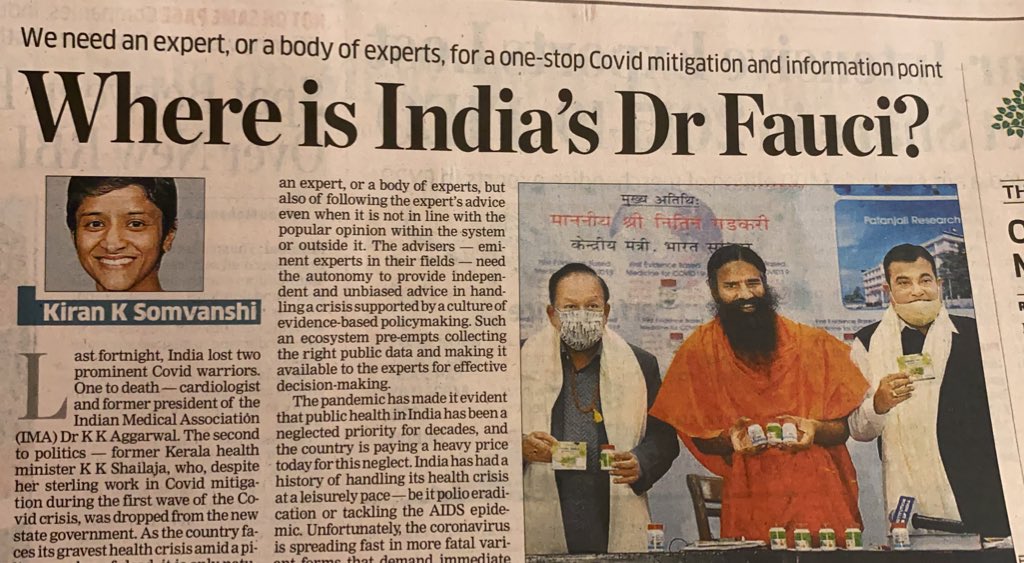
The key to curbing transmission is to transform the culture of data collection & review by encouraging accuracy & transparency. This can be done by incentivizing detection & not penalizing those who report.
I explain to @nidhi_sharma of @EconomicTimes m.economictimes.com/news/india/55-…
I explain to @nidhi_sharma of @EconomicTimes m.economictimes.com/news/india/55-…

Testing per million has remained poor in some states. This needs to be reviewed. Specifically, identify the areas with poor surveillance’s and testing and strengthen case detection in these areas. The states with better detection will isolate more cases, and will save more lives.
This is how it was done for polio eradication, in which India is a global leader. Using a syndromic approach, districts were expected to detect at least 1 non-polio AFP annually per 100 000 population in children <15 years. In endemic regions, this rate could be 2 per 100 000.
The districts not finding required cases had to improve efficiency of surveillance system. This exercise had to be done consistently (even now) & strict review happens in entire country, resulting in world class surveillance program. This is India eradicated polio.
This is how India eradicated polio. Data from Surveillance formed the basis on which the immunization campaigns were done.
• • •
Missing some Tweet in this thread? You can try to
force a refresh








